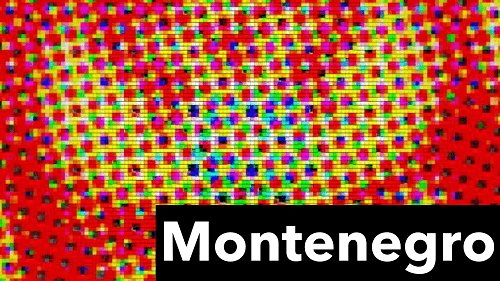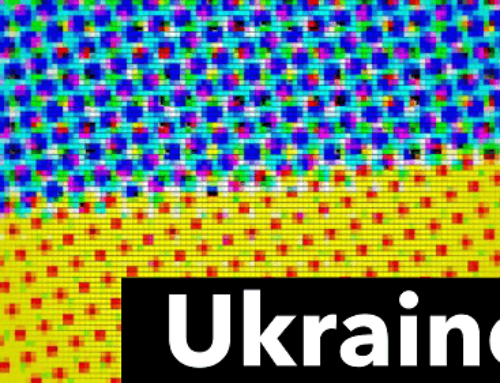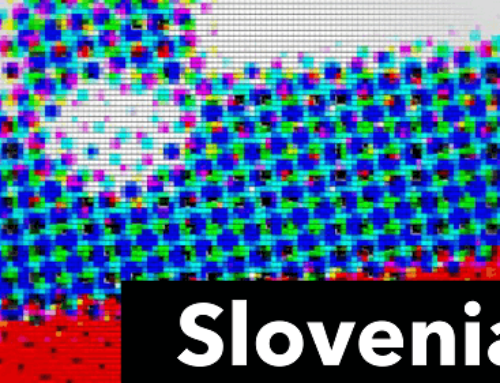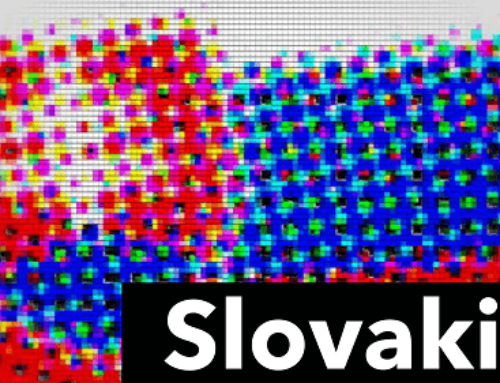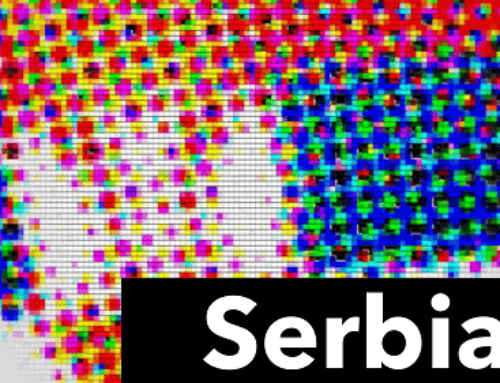Montenegro, as a parliamentary republic with a semi-presidential system of government, is considered a young Eastern European country with its independence in 2006. With around one million inhabitants, its multi-ethnic society (five official languages in total) and good relations with all its neighboring countries, it is considered the “island of stability”.
History sind World War II
The country was incorporated into one of the six republics of Yugoslavia in 1945; until its end, Montenegro always benefited greatly from this unit. After the collapse of Yugoslavia in the 1990s, Montenegro was the only republic to remain on Serbia’s side – it not only supported Serbia in the Bosnian war, but also in the conflict with Croatia. In 1997, the Prime Minister at the time broke close ties with the Serbian President and steps towards independence followed: A new means of payment and an independent foreign policy were set up. In 2003 the state community of Serbia and Montenegro was left, whose common tasks were only in the area of foreign and security policy. In 2006 the referendum for full independence of Montenegro followed. The country’s first independent constitution came into force in 2008. [1]
The political system of Montenegro
The President (since 2018 Milo Dukanovic, a candidate for the Socialist Democratic Party) is elected by the people and has ceremonial or representative duties. He also proposes the Prime Minister, who is then elected by Parliament. The parliament consists of one chamber, a total of 81 deputies and has a legislative period of four years. Tasks include not only legislation and government control, but also the ratification of international treaties. The government is assembled after the parliamentary elections: the president proposes the candidate, who presents his program and his cabinet, which must be approved by parliament. If Parliament rejects the government constellation, the President proposes a new candidate. Dritan Abazovic has been in office as Prime Minister since 2022 as a representative of the citizens’ movement “United Reform Action”. After the government was overthrown in February 2022, he was able to assert himself in a no-confidence-vote in the pro-Serbian government alliance. The country is currently still shaped by internal political conflicts, after the reform government has so far not been able to achieve the far-reaching success. [2]
Economic and international developments
Despite political conflicts, the country can report stable economic growth. The market-oriented economy is characterized primarily by private consumption, tourism and numerous infrastructure projects. The unemployment rate remains low (around 15%), but youth unemployment is still high and many people work in the informal sector. In 2002 the euro was even introduced as the national currency, although Montenegro is not a member of the European Monetary Union. [3]
In international agreements, Montenegro always addresses itself to the EU: the country was included in a stabilization and association agreement as early as 2007. The accession negotiations were opened in 2012, some chapters have not yet been closed. There are still points of friction with Serbia due to the (newly won) independence and the international establishment of the country. The country has also been a member of the WTO since 2012 and, despite criticism, joined the NATO military alliance in 2017. [4]
Christine Tapler

